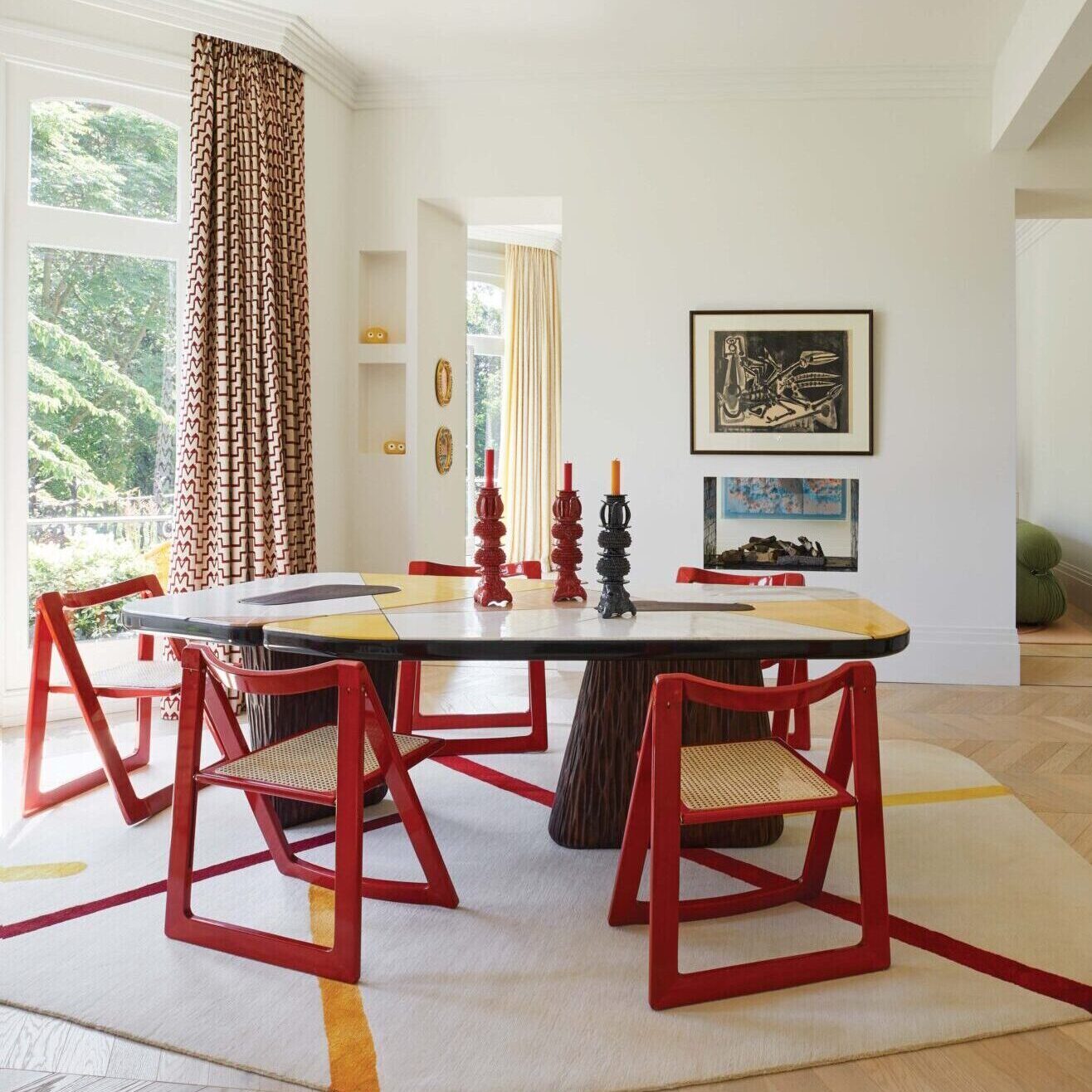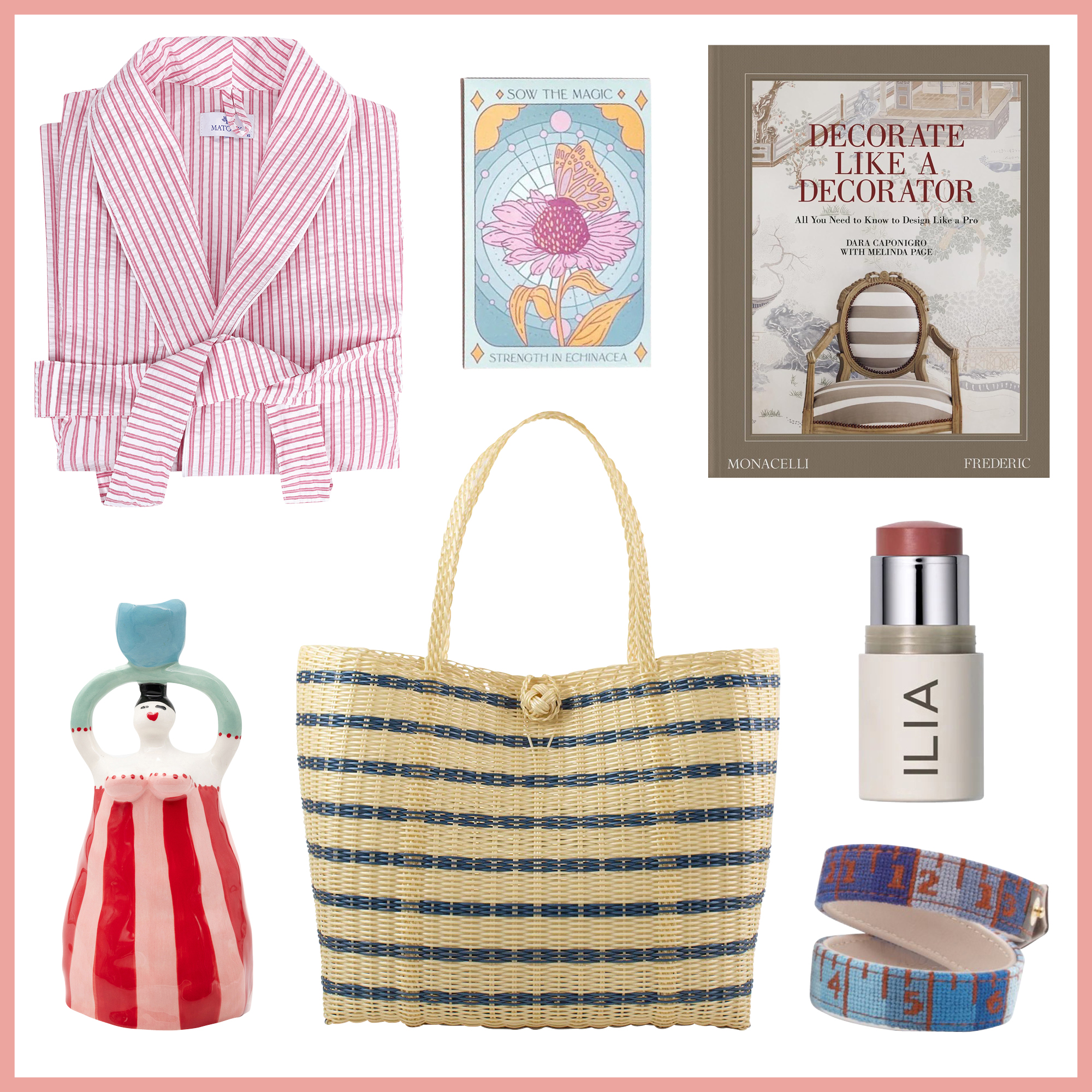Of all the dynamic duos in the world of color, blue and white ranks among the most iconic—not to mention universally appealing. From the calming hues of nature (think clear skies dotted with clouds, or ocean waves lapping at sandy shores) to manmade decorative arts (Chinese porcelain, Japanese shibori, Delft tiles), blue and white has inspired and intrigued across cultures and generations. FREDERIC design editor Hudson Moore’s debut book, Blue & White Done Right: The Classic Color Combination for Every Decorating Style (Monacelli), dives into the history of the timeless pairing—and the origins of some of its most famous shades.
Read on for an exclusive excerpt to find out how our favorite hues got their names.
BLUE
Cobalt
The OG tone of Chinese ceramics also lends its crystalline vivacity to the stained glass in Chartres Cathedral.

Chartres Cathedral in Chartres, France was started in 1145 and then rebuilt after a devastating fire in 1194 and is an outstanding example of French Gothic style.
ShutterstockPrussian Blue
The moody, inky shade of Picasso’s Blue Period (and the standard “blue” in blueprints) was invented by accident at the dawn of the 18th century in Berlin.
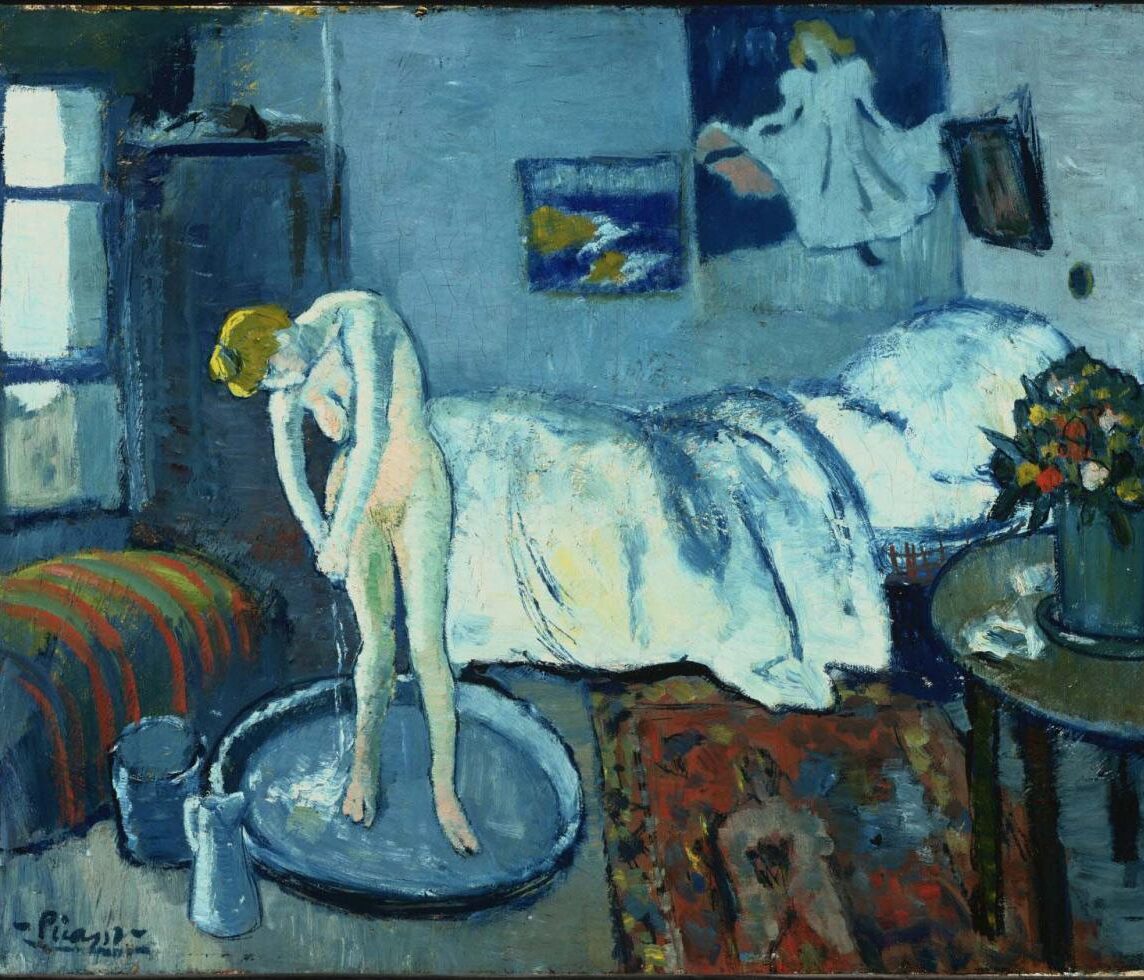
Ultramarine
Once made from ground lapis lazuli, it lends dimension to the robes of countless Renaissance Madonnas.

Raphael applied a layer of ultramarine on The Ansidei Madonna (1505) to add vibrancy to her robes.
Courtesy of The National Gallery, LondonCornflower
Johannes Vermeer was so enamored of the hue—made from costly lapis lazuli— he went into debt to create masterpieces like Girl With a Pearl Earring.

Johannes Vermeer’s Girl with a Pearl Earring (1665) is arguably one of the most famous paintings in the world.
Mauritshuis, The HagueTurquoise
Found in Egyptian tombs dating to 4000 BC, the mineral has been prized by cultures from Mesopotamia to Mesoamerica for most of human history.

Blue, black and yellow glazed composition wedjat-eye amulet, Egypt, 26th dynasty.
© The Trustees of the British MuseumFrench
A midtoned shade that emblazons the coat of arms of French kings, French national soccer jerseys, and French racing cars.
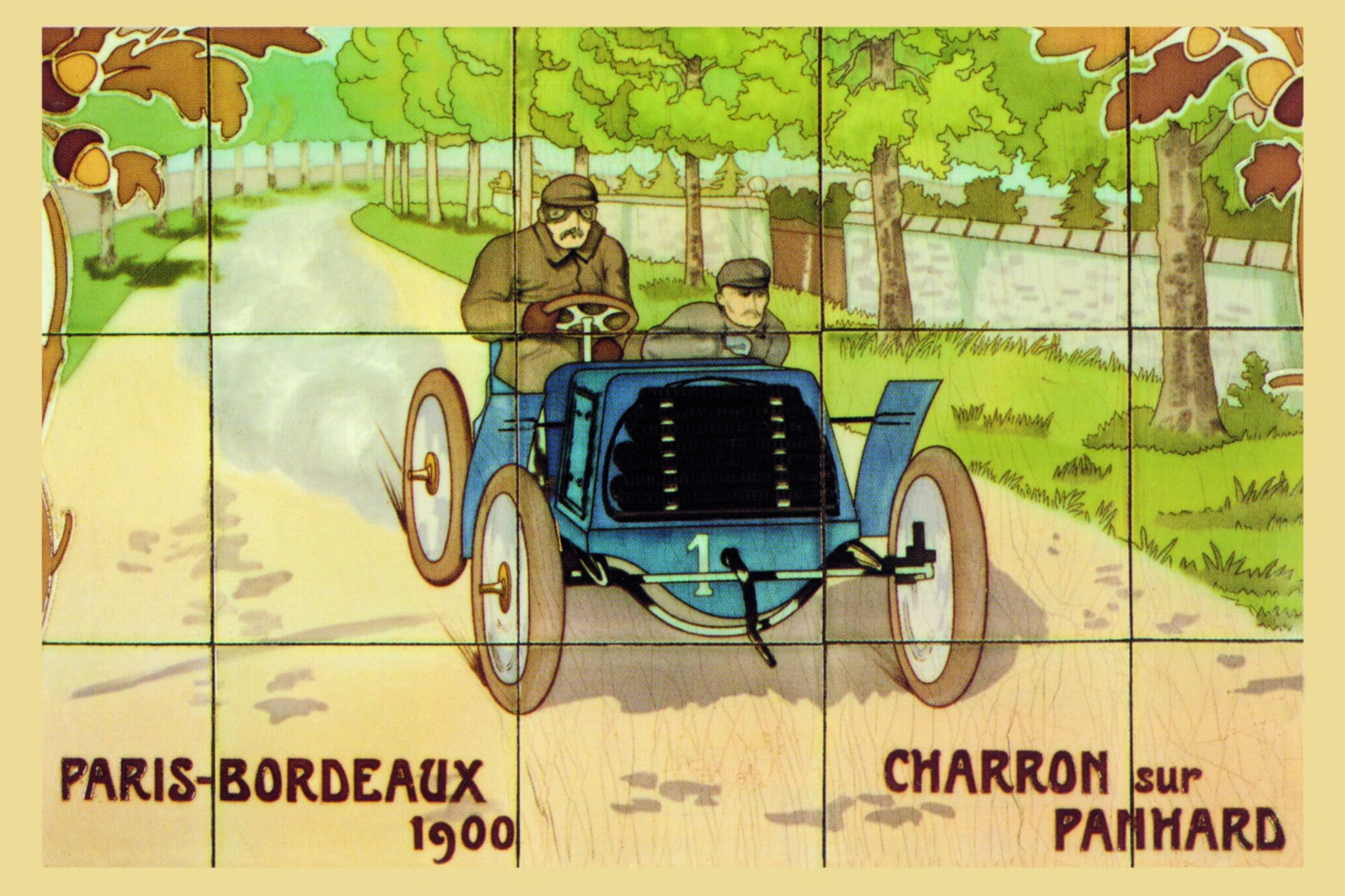
A 1900 Art Nouveaux poster depicting famed french car founder Fernand Charron driving a Panhard car in the Paris to Bordeaux race by Ernest Montaut.
Buyenlarge/Getty ImagesRobin’s Egg
The hue of a songbird’s eggshell, it can be found splashed on porch ceilings in the South to ward off evil spirits—originally a Gullah tradition.

The porch of designer Clare Flemming Peter’s Long Island farmhouse takes a nuanced approach to a patriotic palette.
William WaldronDelft
In the 17th century, Dutch artisans sought to mimic the depth of Chinese porcelain by covering their tin-glazed pottery with a heavy clear coat.
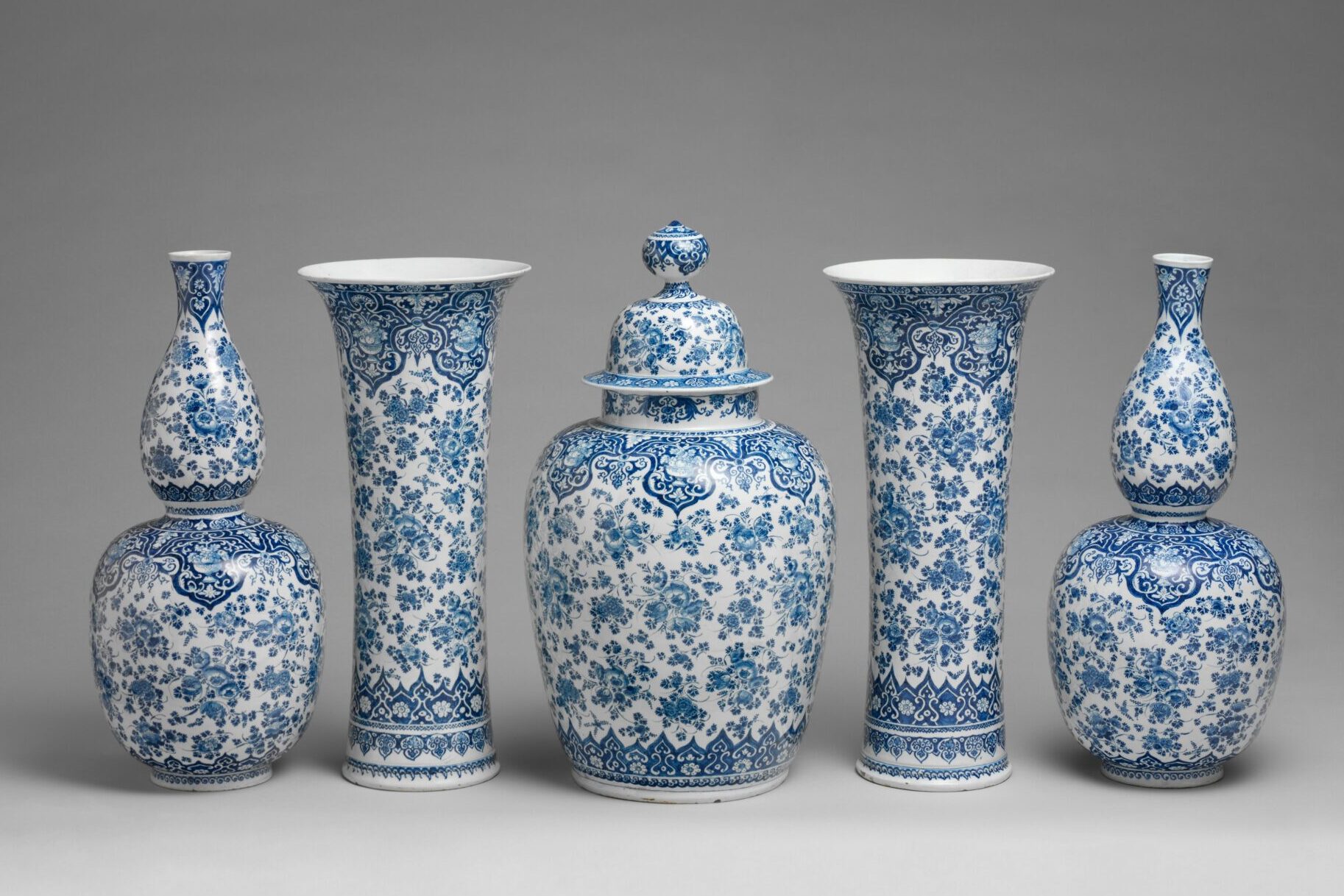
A set of three vases created in Da Metaale Pot workshop of Lambertus van Eenhoorn in Delft around 1690. Van Eenhoorn specialized in the dutch imitation of Chinese export.
Courtesy of The Metropolitan Museum of ArtWHITE
Alabaster
A translucent gypsum or calcite that glows when backlit, it was used for canopic jars in ancient Egypt and windows in Byzantine churches.

The interior courtyard of the Muhammad Ali Mosque, nicknamed the Alabaster Mosque, is clad in the translucent gypsum.
ShutterstockGreek
The distinct whitewashed look of countless choras was actually dictated by the government in the 1930s due to lime plaster’s antiseptic properties.

The Greek Orthodox Church Panagia Paraportiani is in the neighborhood of Kastro, in the town of Chora.
Panther Media GmbH / Alamy Stock PhotoPorcelain
Its “invention” in China was actually a centuries-long process that culminated when ground volcanic rock was mixed with kaolin clay and fired at 2650˚F.

Chinese Qingbai Shufu-type ware from the 14th century.
Courtesy of The Metropolitan Museum of Art / Robert Lehman Collection, 1975.Chalk
The buff white of Dover’s cliffs is composed of the calcite skeletons of countless ancient plankton.

The White Cliffs of Dover have played a pivotal role in England’s military defense and were coined the “Key to England” and can be seen from France on a clear day.
Courtesy of ShutterstockNavajo
The ground color of the Navajo Nation flag is a warm, pastel shade that became popular as an interior paint.

US flag and flag of the Navajo Nation flying together in Monument Valley Navajo Tribal Park. Arizona, USA.
Leonid Serebrennikov / Alamy Stock PhotoIsabelline
Named for a 17th-century archduchess who reputedly refused to change her undergarments until the end of the siege of Ostend—which lasted three years.
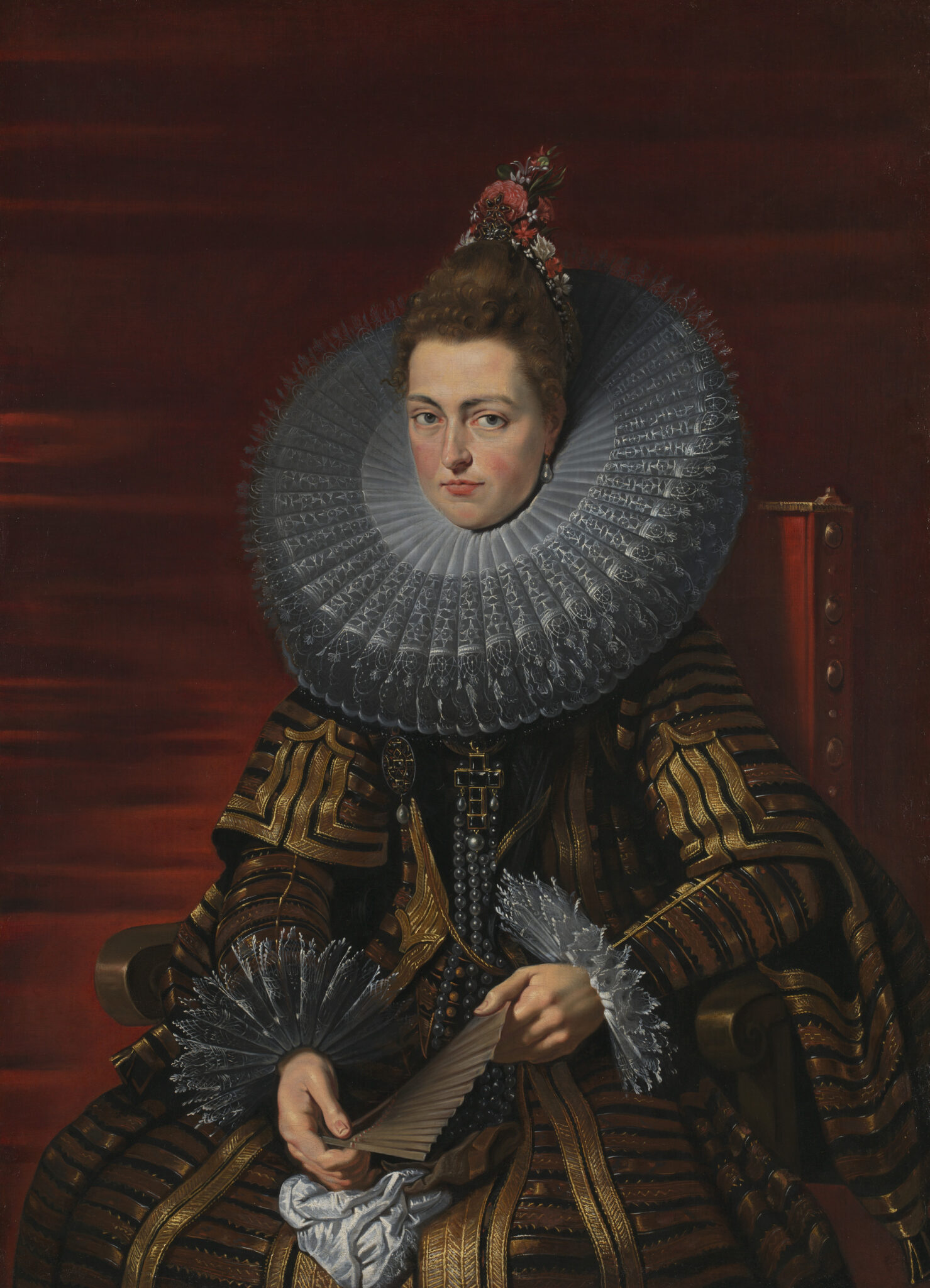
Peter Paul Rubens, Portrait of the Infanta Isabella, c.1615.
Courtesy of The National Gallery, London/Bequeathed by Richard C. Jackson, 1923.